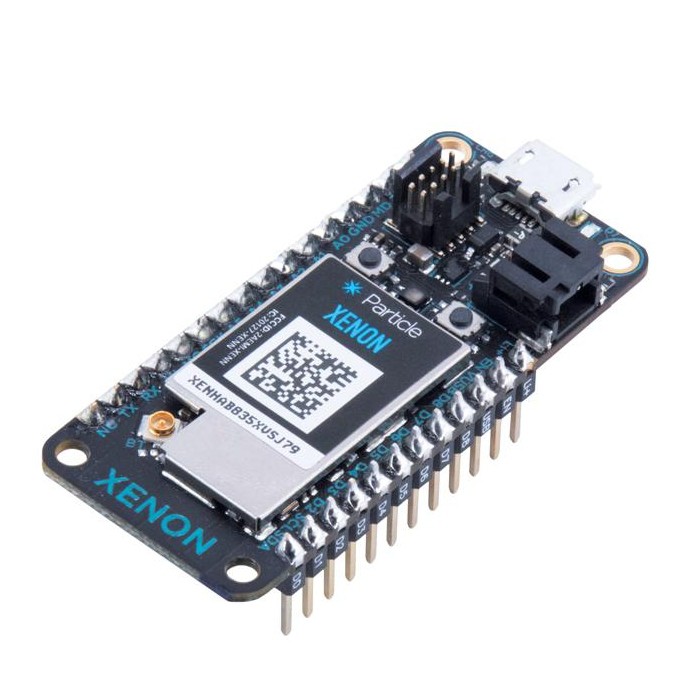
The Arduino Nano and its many clones are staples in the world of development boards, often found within arm’s reach of any electronics enthusiast. However, even the compact Nano can take up valuable space on solderless breadboards during prototyping. To address this, [Albert van Dalen] has created a miniaturized version of the Nano called the “Nano DIP.” Measuring just 33 mm x 10 mm, the Nano DIP is about the same size as the ATmega328 on the Arduino Uno, making it a delight for those who appreciate miniaturization.
Arduino Nano DIP features:
- DIP26 size, 33 x 10 mm
- Arduino Uno compatible
- ATtiny3217 instead of the ATmega328P
- 21 I/O pins
- 12 x 10 bit ADC channels
- Supply voltage 1.8V – 5.5V
- Supply voltage V+ max18V
- Clock 16MHz (for compatibility reasons, the max frequency is 20MHz)
- Straightforward pinout

Additional features compared to the Arduino Uno
- 1 x fast 350ksps 8-bit real DAC
- The USB supply pin is protected by an ideal diode that doesn’t have a 0.7V voltage drop
- A 2-pole header, which is connected to D2, can be used as a jumper. Use pinMode(INPUT_PULLUP)
- The LED at D0 can be disabled by a jumper
The Nano DIP is built around an ATtiny3217 microcontroller and retains nearly all the features of the original Nano. It includes a USB port, a reset button, built-in LEDs, a 5V regulator, and a preloaded bootloader. The 350-kilosamples-per-second 8-bit DAC is a standout feature, although it comes at the cost of losing external crystal pins and a 3.3V regulator.
To make the board affordable to manufacture, [Albert] opted for a minimum component size of 0402, presenting a significant design challenge. The microcontroller barely fits between the header pin pads, and the Micro USB jack had to be a vertical-mount type. Despite these constraints, the Nano DIP performs admirably, offering the same functionality as a standard Nano in a much smaller footprint. If you are looking to free up space on your breadboard without sacrificing functionality, the Nano DIP is an excellent option to consider.


















